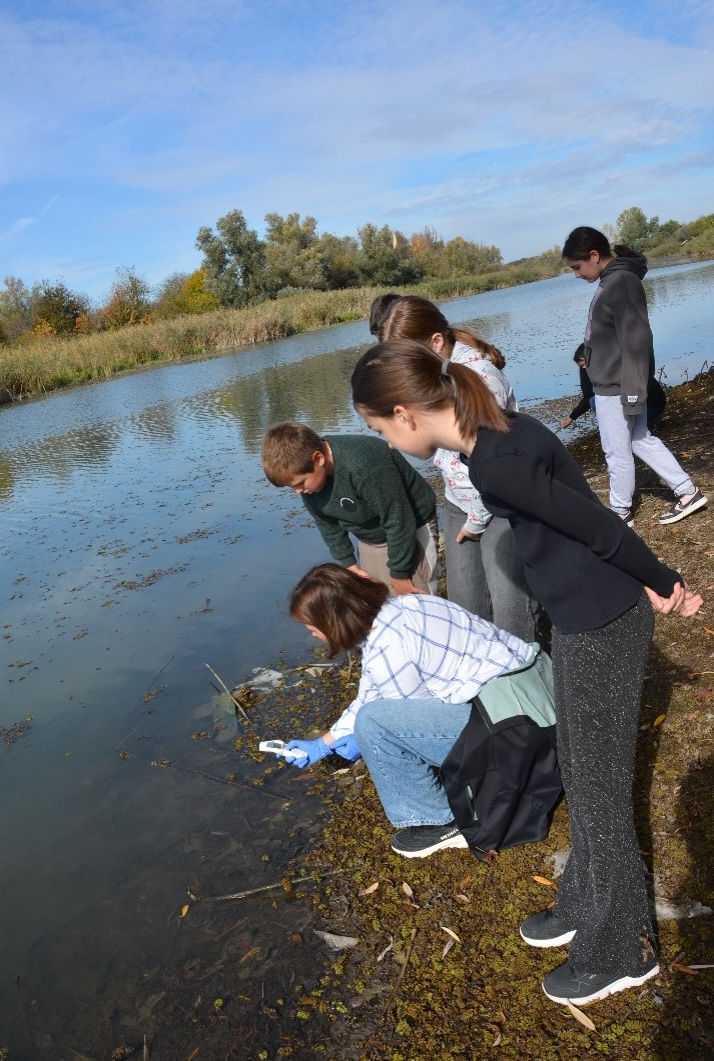Restoring Connectivity in the Danube: Building the Foundations for Change
- primozskrt6
- Dec 18, 2024
- 2 min read
by Marcell Szabó-Mészáros, WP2 leader (River Connectivity)

The year 2024 marked a significant milestone in advancing river restoration within the Danube4All project. Earlier in the year, we developed a key document, the Catalogue of Action Options to Restore Connectivity in the Danube River Basin. This resource aims to provide a comprehensive understanding of the complexities of river connectivity and outlines measures to restore or enhance it. Its structure and content are designed to create a shared foundation, guiding stakeholders at various levels in their efforts toward sustainable river restoration.
The Catalogue sets the framework for defining river connectivity in the context of restoration. Achieving connectivity isn't just about removing outdated structures like old dams and weirs. It involves recognizing that rivers once roamed freely, maintaining dynamic connections with their floodplains and underground water systems over centuries. Fish and other aquatic species need to migrate up and downstream, while also accessing side branches and floodplain habitats for feeding, resting, and sheltering. Fully restored connectivity ensures the natural flow of water, sediments, and nutrients, along with the unimpeded movement of aquatic life. That said, such ambitious goals may not be entirely feasible for heavily regulated rivers in Europe—at least not yet. In our changing world, it’s crucial to focus on what can realistically be achieved in the short term as steps toward long-term sustainability.
The document explores the European policy landscape shaping river restoration efforts, such as the Water Framework Directive and the recently adopted Nature Restoration Law. It also highlights conflicting legislative frameworks, like the Flood Directive or the Renewable Energy Directive, which may create challenges in balancing restoration goals with other priorities. Finding this balance is key to initiating sustainable river restoration efforts across Europe.
Restoring river connectivity isn't just about removing barriers —it's about reawakening the dynamic relationship between rivers, their floodplains, and the ecosystems they sustain.

In addition to the policy review, the document surveys scientific methodologies for assessing river connectivity. Most studies have focused on longitudinal connectivity, examining the movement of fish, sediments, and water flow disrupted by dams and barriers. However, only a few have integrated lateral and other dimensions of connectivity. One promising tool is the Free-Flowing River methodology, developed by the European Joint Research Centre. This step-by-step approach evaluates rivers from small to large scales, considering both longitudinal and transversal barriers and their impact on species and sediment flow. The Danube4All project plans to apply this methodology to the Danube and its main tributaries.
The largest section of the document outlines nearly 60 restoration measures aimed at reconnecting fragmented rivers or mitigating their regulated state. Each measure is detailed with practical information and evaluated for its nature-based characteristics. This work complements another key resource, the Manual on Nature-Based Solutions, developed as part of Danube4All’s ongoing efforts.
What is next?
As the group continues its work, the next tasks include:
Analyzing the current status of the Danube River Basin.
Presenting basin-scale results of river connectivity analyses.
Developing fact sheets with practical details on individual restoration measures.
These next steps, scheduled for 2025, will further advance the project’s goal of reconnecting rivers and enhancing sustainability across the Danube region.






